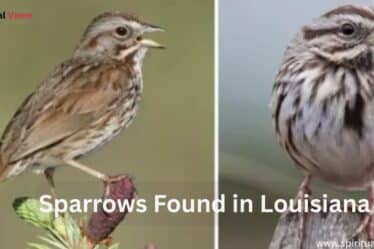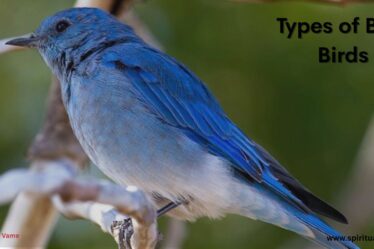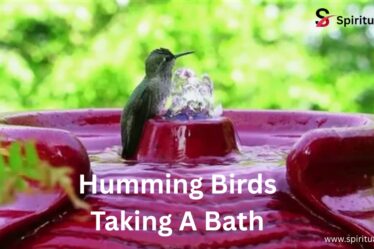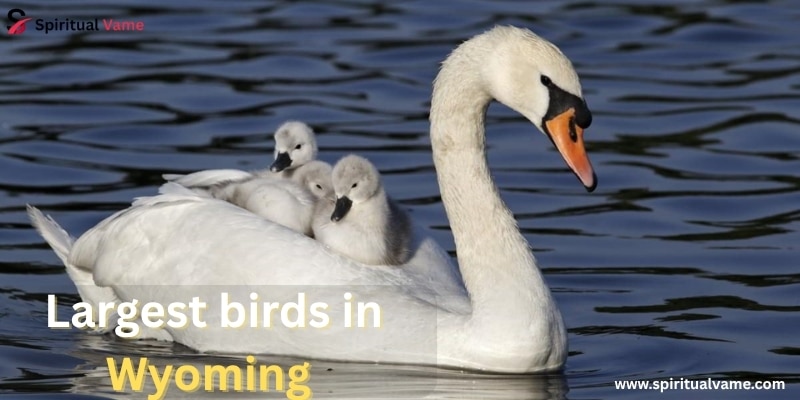
Wyoming is home to wide open skies, peaceful wetlands, and towering mountains—perfect places for spotting some of the largest birds in Wyoming. These giant birds often glide above rivers, lakes, and grasslands, showing off their massive wings and graceful flight. From powerful eagles to elegant swans, Wyoming offers amazing birdwatching for nature lovers.
In this guide, we’ll explore the largest birds in Wyoming, their sizes, wingspans, and where to spot them. Whether you’re a birdwatcher or just curious about these fascinating creatures, you’ll learn interesting facts about each one. Discover how big they grow, what they eat, and why they matter to Wyoming’s wild landscape.
Mute Swan
The Mute Swan is hard to miss. With a wingspan of up to 96 inches, a body weight of over 416 ounces, and an elegant white appearance, this bird looks like it belongs in a fairy tale. Despite the name, it isn’t completely silent—it makes low hissing sounds and grunts. You’ll often see them gliding across lakes or nesting in marshes. These birds are powerful and territorial, especially during mating season. Their heavy weight often surprises people, as does their ability to take off from open water using strong wingbeats and fast paddling.
Though they aren’t native to North America, Mute Swans have made their home in various parts of the U.S., including some areas of Wyoming. They often settle in spots with plenty of aquatic plants and build floating nests using vegetation, mud, and even artificial debris. Their length can reach 62 inches, putting them among the largest birds in Wyoming by both weight and size. They’re beautiful to watch but best admired from a respectful distance due to their protective nature.
Trumpeter Swan
The Trumpeter Swan is not just large—it’s record-breaking. Known scientifically as Cygnus buccinator, it’s the largest waterfowl in North America. This majestic bird stretches up to 72 inches in length and can weigh more than 401.6 ounces (25 pounds). Its massive wingspan can reach 102 inches. You’ll often see them on lakes, rivers, ponds, and marshes across Wyoming. These birds need around 100 yards of open water to take off, making them easy to spot if you’re near a large wetland.
Once considered endangered due to overhunting, the Trumpeter Swan has made a stunning comeback. Thanks to conservation work, their population has recovered. They now nest on vegetation platforms, beaver dams, and muskrat dens, often located on small islands or in quiet corners of a marsh. During breeding season, listen for their deep “oh-OH” trumpet call—it’s how they got their name. Their presence in Wyoming shows how powerful and graceful nature can be, even after close calls with extinction.
Wild Turkey
It might surprise some people, but the Wild Turkey is one of the largest birds in Wyoming by weight and length. These ground-dwelling birds often weigh more than 381 ounces and can measure up to 45 inches long. Though they’re not graceful fliers, they can fly short distances if threatened. What makes them special is their behavior—flocks of Wild Turkeys are noisy, social, and full of personality. You’ll often see males fanning out their tail feathers in full display, puffing up their bodies and gobbling loudly to attract mates.
These birds prefer forests, fields, and grasslands near water sources. They roost in trees at night to stay safe from predators. While they may not soar like eagles, their heavy build and confident presence earn them a spot among Wyoming’s biggest birds. Keep your eyes peeled during the early morning or late afternoon—you might catch them strutting across a field in search of food.
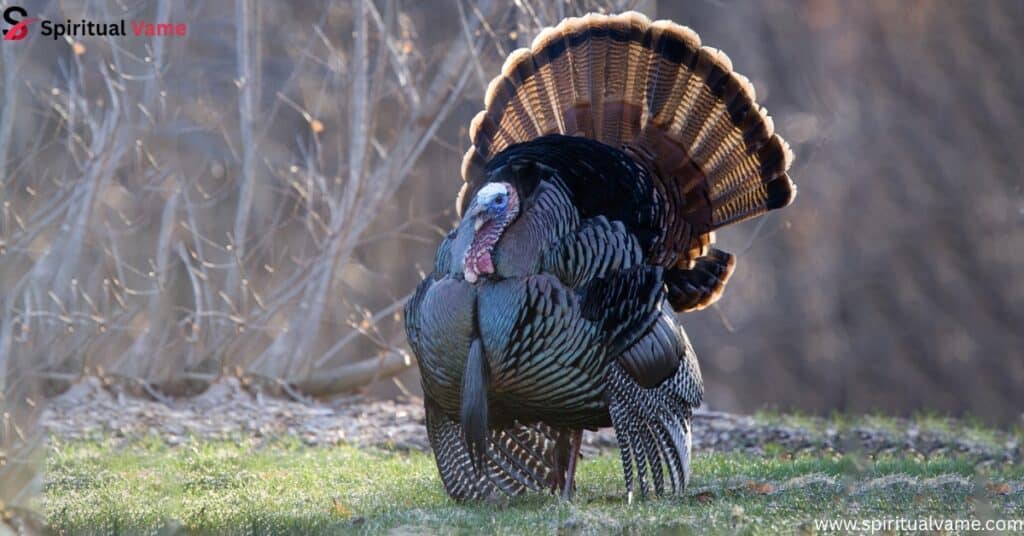
American White Pelican
When it comes to wingspan, the American White Pelican leads the pack in Wyoming. This bird can reach a wingspan of 110 inches, making it one of the largest flying birds in North America. With a weight of about 246.4 ounces, it’s also impressively heavy. Despite its bulk, the pelican moves gracefully through the air and glides effortlessly over lakes and rivers. You’ll often find them in groups, working together to herd fish toward shallow waters before scooping them up in their giant bills.
Their appearance is striking—bright white bodies with black wing tips that are only visible when flying. These birds don’t dive like other pelicans; instead, they scoop fish from the surface. Nesting colonies can be found on remote islands in large lakes, where they can raise their chicks away from predators. Their social nature and synchronized movements make them a stunning sight during migration and summer months.
Canada Goose
The Canada Goose, with its bold black neck and white chin strap, is a familiar sight across Wyoming. But it’s also one of the largest birds in Wyoming, with a weight around 204.8 ounces and a wingspan of 75 inches. These geese often fly in large V-shaped formations during migration and are known for their loud, honking calls that echo across valleys and fields.
Despite their common appearance, they’re fascinating creatures. Canada Geese form lifelong bonds, share parenting duties, and fiercely defend their young. Their nests are usually near water, built from grass, feathers, and other soft material. You’ll see them year-round in some places, especially near lakes and parks, where they graze on grass and aquatic plants. Their length can reach 45 inches, ranking them high among Wyoming’s biggest birds by both length and weight.
Whooping Crane
The Whooping Crane is one of the most graceful and rare birds you might spot in Wyoming. Standing over 52 inches tall and weighing up to 230.1 ounces, it’s one of the tallest birds in North America. Its massive 87-inch wingspan and snow-white feathers with black wingtips make it truly unforgettable in flight. These cranes are elegant, long-legged birds that prefer shallow wetlands, rivers, and marshes where they forage for insects, frogs, and small fish.
Once critically endangered due to overhunting and habitat loss, their numbers have been slowly rising thanks to protected breeding programs and careful migration tracking. Wyoming sometimes sees Whooping Cranes during migration as they travel from Canada to the southern U.S. in fall. They’re shy and sensitive to human disturbance, so if you’re lucky enough to spot one, admire from a distance and treasure the moment—it’s a rare privilege.
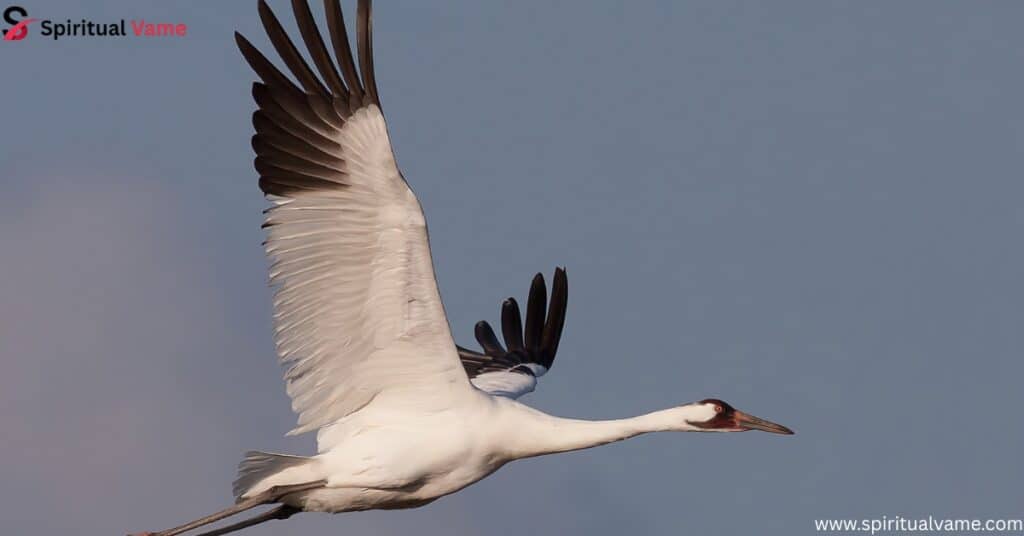
Bald Eagle
When people think of iconic American birds, the Bald Eagle always comes to mind. Scientifically named Haliaeetus leucocephalus, it belongs to the Order Accipitriformes and has a powerful presence. With a massive wingspan of 96 inches, a body length of up to 43 inches, and weighing around 168 ounces, it dominates the sky with confidence and grace. You’ll find them nesting in tall trees and cliff edges, especially near Wyoming’s lakes and rivers where fish are plentiful.
The Bald Eagle’s bright white head, dark brown body, and hooked yellow beak are instantly recognizable. This majestic bird is not just a hunter—it’s a symbol of freedom and resilience. Once endangered, it’s now protected by law, and killing or disturbing it is illegal. Their massive talons and incredible eyesight make them fierce predators, especially when diving for fish in open water. In old-growth forest areas, spotting a Bald Eagle perched high above is a powerful reminder of nature’s strength.
Golden Eagle
The Golden Eagle is another mighty raptor soaring through Wyoming’s wide skies. Its body is slightly smaller than the Bald Eagle’s, but don’t let that fool you—its strength and speed make it a top predator. With a wingspan of up to 96 inches and body length around 41 inches, this bird thrives in open landscapes where it can hunt rabbits, marmots, and even foxes. Its dark brown feathers, golden-tinted head, and sharp eyes give it a fierce look.
Golden Eagles are often seen in Wyoming’s mountain ranges, cliffs, and deserts. They build large nests on high ledges and are known for their excellent hunting skills. These birds are highly respected in Native American cultures and are often considered a symbol of courage. With powerful talons and strong wings, they can swoop down at incredible speeds, snatching prey in seconds. Seeing one glide silently over the plains is an unforgettable sight.
Sandhill Crane
With long legs and even longer wings, the Sandhill Crane is a striking bird that often travels in flocks through Wyoming. These cranes can grow up to 48 inches in length and weigh around 204.8 ounces, with a wingspan reaching 90 inches. Their unique trumpeting calls, which sound like bugles echoing across the plains, can be heard from miles away. These birds breed in open marshes and meadows, using grasses and reeds to build their nests.
During migration seasons, thousands of Sandhill Cranes pass through Wyoming, especially in the spring. Their tall bodies and rhythmic wingbeats are mesmerizing to watch as they move across the sky in tight formations. These birds are mostly gray, but during mating season, they’ll stain their feathers with mud and plant oils to help with camouflage. Their graceful moves and deep calls make them one of the most captivating birds in the region.
Great Blue Heron
The Great Blue Heron might look prehistoric as it rises slowly into the sky. With a length of 52 inches, wingspan of 82 inches, and weight of about 132.3 ounces, this bird is one of the tallest and most commonly seen waterbirds in Wyoming. You’ll spot them standing still as statues in wetlands, lakeshores, and rivers, waiting to strike fish or frogs with lightning-fast precision.
Their long necks, dagger-like bills, and blue-gray feathers make them easy to identify. Despite their size, they fly gracefully with slow wingbeats and necks tucked in. These herons often nest in colonies high in trees near water, where their deep, croaking calls echo through the woods. Because of their fishing skills and silent movements, they’re often called “ghosts of the marsh.” They rank high in both length and wingspan, making them a must-see in any Wyoming birdwatching trip.
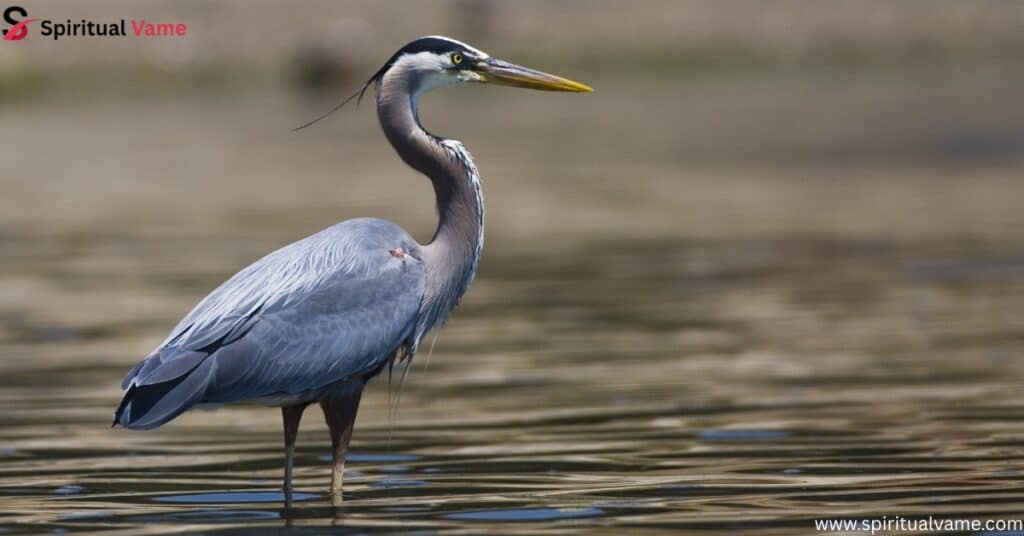
Snowy Owl
A true winter visitor, the Snowy Owl is one of the most stunning owls in North America. Known as Bubo scandiacus, this bird comes down from the High Arctic and sometimes settles in open fields and plains of Wyoming during colder months. These birds are large owls, with wingspans ranging from 116 to 159 cm, and weights of up to 2101.8 grams in females, who are typically larger than males. Their brilliant white feathers and deep yellow eyes stand out beautifully against snowy landscapes.
These birds are powerful hunters. Unlike many owls, they are active during the day, especially in the early morning and late afternoon. Snowy Owls feed mainly on small mammals, using their keen vision and silent flight to hunt. Their length ranges from 52.5–70.7 cm, placing them among the largest birds in Wyoming by length. Because they migrate irregularly depending on prey availability in the Arctic, spotting one is a rare and magical experience.
Great Horned Owl
The Great Horned Owl is one of Wyoming’s most powerful and adaptable night hunters. With a length of about 24.8 inches, a wingspan of 57.1 inches, and a strong build weighing around 88.2 ounces, this bird is a true forest predator. It’s instantly recognizable by its tufts that look like horns, fierce yellow eyes, and deep hooting call that echoes through the night. This owl can be found in a wide variety of habitats, from forests and deserts to city parks and farmlands.
Their hunting skills are unmatched—they prey on animals ranging from mice and snakes to skunks and even other birds. Great Horned Owls use stealth and surprise, gliding silently thanks to specialized feathers that muffle sound. They typically nest in abandoned hawk or crow nests, or even on cliffs and buildings. With incredible grip strength and razor-sharp talons, this bird holds its place as one of the most respected raptors in North America.
Ferruginous Hawk
Among the largest hawks in North America, the Ferruginous Hawk, or Buteo regalis, lives up to its name, which comes from the Latin word for “rusty.” Its reddish-brown back and wings, pale underparts, and fully feathered legs make it easy to distinguish from other hawks. With a body length of around 24 inches, a wingspan of 55.9 inches, and a weight of 73.2 ounces, it thrives in Wyoming’s open plains and grasslands.
Unlike forest-dwelling raptors, Ferruginous Hawks need wide, open spaces where they can scan for prey like prairie dogs and ground squirrels. They often perch on rocks or fence posts and have a calm, regal posture when waiting for a hunt. These hawks build their nests on the ground, on cliffs, or even atop small trees. Their calm nature and majestic flight patterns make them a favorite among birdwatchers and a strong contender in the ranking of largest birds in Wyoming.
Osprey
The Osprey is one of Wyoming’s most specialized hunters. Known for diving feet-first into water to catch fish, this bird is easy to spot near lakes, rivers, and reservoirs. It measures around 24 inches in length, has a wingspan of 72 inches, and weighs about 60 ounces. Its white belly, dark eye stripe, and powerful claws help distinguish it from other birds of prey.
What sets the Osprey apart is its ability to hover in mid-air before plunging to grab a fish with curved talons and barbed pads on its feet. You’ll often see them nesting on artificial platforms, dead trees, or tall poles. Their nest sites are reused year after year and grow to massive sizes. Though not as bulky as some eagles, their wingspan places them firmly among the largest birds in Wyoming by wingspan, and their hunting style is nothing short of thrilling to watch.
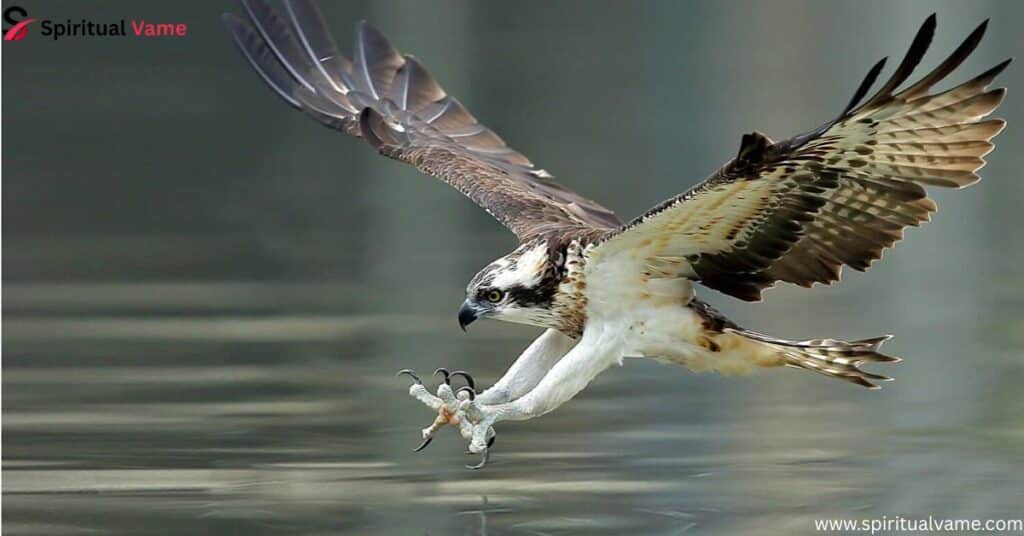
Great Egret
Elegant and eye-catching, the Great Egret is one of Wyoming’s most beautiful wading birds. Standing about 41 inches tall, with a wingspan of 55 inches and weight near 49.4 ounces, this bird is all about grace and stealth. Its bright white feathers, long black legs, and yellow bill make it look like a living statue as it slowly stalks fish and frogs in shallow waters.
Great Egrets often live alongside herons and pelicans, and you can find them in wetlands, marshes, and lakeshores across Wyoming during the warmer months. They nest high in trees and often form colonies with other waterbirds. Watching a Great Egret take flight—with its long neck pulled in and wide wings stretching—feels like watching a feathered cloud drift away. It ranks high in both size and elegance, making it a favorite for wildlife photographers and bird enthusiasts.
Turkey Vulture
Despite its eerie look, the Turkey Vulture plays a vital role in Wyoming’s ecosystems. With a wingspan of up to 72 inches, a body length of around 32 inches, and a weight close to 63.5 ounces, this bird is one of the state’s most important scavengers. It’s easily recognized by its bald red head, dark body, and V-shaped wings that tilt upward as it soars.
Turkey Vultures don’t hunt live prey—they feed on carrion, using their excellent sense of smell to locate food from high in the sky. Their flight is smooth and almost lazy, as they ride thermals for hours without flapping their wings. You’ll often see them circling above roadsides or open fields. Though some find them unattractive, they help keep the environment clean and disease-free by removing dead animals. Their large size and unique role earn them a well-deserved place on this list.
Rough-legged Hawk
Visiting Wyoming only during the colder months, the Rough-legged Hawk is a winter guest from the Arctic tundra. Named for its feathered legs that help keep it warm, this hawk has a wingspan of about 54.3 inches, a body length near 20.5 inches, and a weight of 51.2 ounces. Its flight is light and buoyant, often hovering in place as it scans for rodents below.
These hawks are easy to identify by their pale underparts and dark wrist patches on their wings. In winter, they are common in open country, farmlands, and sagebrush plains, where they perch on fence posts or small trees. While not as aggressive as other raptors, their cold-weather survival skills and graceful flight make them fascinating to watch. Their feathered look and strong presence place them comfortably among the largest birds in Wyoming by wingspan and weight.
Great Gray Owl
Last on our list, but one of the most mysterious, is the Great Gray Owl. As its name suggests, this owl is huge—often reaching lengths of 33 inches and weighing about 104.1 ounces. Though it’s lighter than the Snowy Owl, its long tail and thick feathers make it appear even larger. It also has a wingspan of around 60 inches, placing it high in Wyoming’s avian size rankings.
Great Gray Owls are elusive and prefer dense forests, especially near meadows and boggy areas. They are silent flyers, able to hear the faintest rustle beneath snow. Their rounded facial disks help funnel sound to their ears, making them incredible hunters. Spotting one is rare, but unforgettable. With piercing yellow eyes set in a wide, pale face, this owl has a ghost-like presence. It’s one of the most awe-inspiring creatures you can encounter in Wyoming’s wild places.
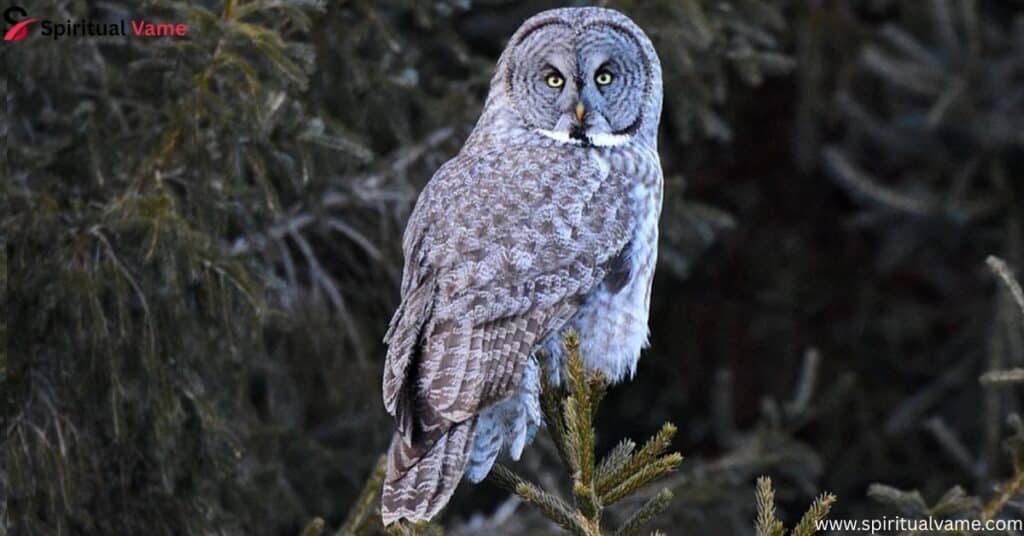
Final Thoughts
The sheer size and beauty of the largest birds in Wyoming tell a powerful story about nature’s diversity. Whether soaring on thermals or standing tall in shallow wetlands, these birds are more than just big—they’re vital parts of Wyoming’s ecosystems. From the enormous Trumpeter Swan to the ghostly Great Gray Owl, each one brings its own wonder. Keep your eyes open, your binoculars ready, and your sense of awe close by—the skies of Wyoming are alive with giants.

